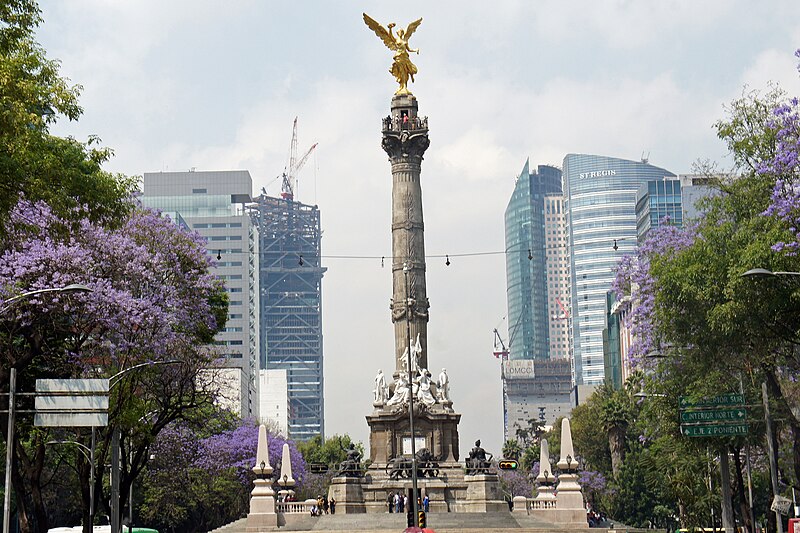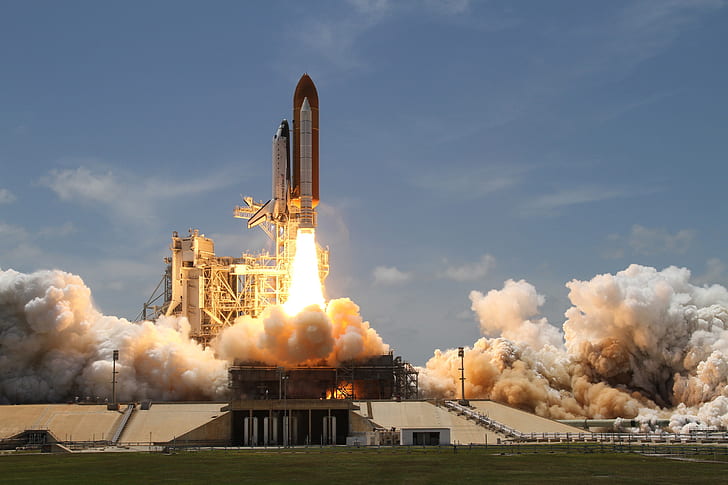
by Editor Latam | Jul 26, 2024 | FDI Latin America
Nearshoring Opportunities in Mexico Mexico semiconductor nearshoring opportunities are particularly promising in states such as Aguascalientes, Baja California, Chihuahua, Jalisco, Querétaro, and Tamaulipas, which have industrial vocations in the automotive and...

by Editor Latam | Jul 25, 2024 | FDI Latin America
Freeport-McMoRan, a prominent American mining company, has made a significant stride in the Chilean mining industry by announcing a substantial $7.5 billion investment. This investment aims to extend the operational life of the El Abra mine, located in the Antofagasta...

by Editor Latam | Jul 24, 2024 | FDI Latin America
American Airlines has ordered 90 planes with a capacity of 76 passengers. The National Bank for Economic and Social Development (BNDES) announced in São José dos Campos that the financing contract for exporting 32 Embraer E175 commercial jets to American Airlines has...

by Editor Latam | Jul 15, 2024 | FDI Latin America
It will be the first spaceport in the Latin American region located in an airport. The United States FAA endorses this project, which NASA also supports. A country is about to make history by becoming the first in Latin America to transform its airport into a...

by Editor Latam | Jul 14, 2024 | FDI Latin America
What is there in southern Paraguay that is attracting investments like a magnet? According to the Vice Ministry of MSMEs, in 2023, almost 367,000 economic units had been formalized in Paraguay, of which 88% are microenterprises. Although most companies are located in...

by Editor Latam | Jul 14, 2024 | FDI Latin America
The Foreign Ministry of Argentina and its fellow MERCOSUR members are promoting a Comprehensive Economic Partnership Agreement with the United Arab Emirates (UAE). Such a partnership will result in four additional opportunities for investment between Mercosur and the...





